Recent claims by Bulama Bukarti that Hamas, Hezbollah, and the Houthis have been “destroyed” by Israel reflect a serious misunderstanding of regional dynamics and the enduring strength of these movements.
As one of my grandparents once recited in Fulfulde:
“Ngam jooni anndoy, ñalawma ɗum wondi, Ɗuum mbay e jam, kono woylaa ba si famɗi.”
In Hausa, this means:
“Duk da sun ji rauni, ƙarfinsu yana nan, Sun yi shiru da hikima, ba don sun fi tsoro ba.”
And in English:
“Though wounded, their strength still stands. They wait in silence—not from fear, but wisdom.”
In Kanuri (as best expressed for understanding):
“Tufu gite, ana nga kulu mbe. Tibiti ngu warama, sai hikima ya riga.”
Despite leadership losses and Israeli bombardments, all three groups—Hamas, Hezbollah, and the Houthis—remain militarily active and strategically aligned with Iran. In fact, this week, Yemen’s Houthis confirmed they launched ballistic missiles at central Israel, targeting Jaffa, in direct coordination with the Iranian army.
This marked a historic moment—the first public acknowledgment of joint military operations with Tehran. Israeli sirens echoed across cities, proving that the threat is far from neutralized.
Hezbollah, even after the assassinations of senior figures, continues to launch rockets from southern Lebanon and maintains operational readiness. Hamas, under constant siege in Gaza since October 2023, still governs the territory and carries out resistance operations.
These groups are not defeated—they are adapting, expanding, and acting in coordination with Iran’s strategic vision. Tehran is not withdrawing; it is actively shaping the battlefield.
Bulama Bukarti’s suggestion that Iran has distanced itself from these allies is also inaccurate. Iran’s Quds Force continues to finance, train, and coordinate with Hamas and Hezbollah on both logistical and ideological fronts. Their joint operations are a clear reflection of the enduring strength of the so-called Axis of Resistance.
Iran’s recent actions—including intercepting Israeli precision-guided missiles, downing advanced F-35 fighter jets, and temporarily overwhelming Israel’s air defense grid—represent a shift in regional power dynamics. Israeli radar systems and installations were briefly paralyzed, an outcome that would have been unimaginable only a few years ago.
This is not symbolic. It is a calculated demonstration of deterrence and capability: Iran and its allies can directly challenge Israel’s traditional military edge.
The current confrontation escalated after Israel’s targeted assassination of senior Iranian military officials. Iran’s response—swift, multi-front, and coordinated—was a decisive departure from passive retaliation. Colonel Reza Sayyad, spokesperson for the Iranian Armed Forces, publicly warned residents of occupied territories to evacuate, foreshadowing a broader and more intense retaliation.
This conflict is no longer confined to shadows. The era of covert war has shifted into open military confrontation. Iran is no longer merely supporting proxies—it is actively participating in defense and direct retaliation.
From a political science perspective, this evolving dynamic mirrors Balance of Power Theory. Iran’s strategy is aimed at preventing any single state—namely Israel, with U.S. backing—from achieving regional hegemony. By supporting non-state actors like Hezbollah, Hamas, and the Houthis, Iran is deploying asymmetric deterrence to recalibrate regional power and challenge conventional military superiority.
Additionally, from a sociological angle, Wallerstein’s World-Systems Theory provides an insightful lens. It frames Iran and its allies as peripheral actors resisting domination by “core” powers—namely Western states and Israel. These resistance movements are not born of mere reaction, but as a response to marginalization and long-standing structural inequities. Their coordination reflects a conscious, ideological defiance against a global system of dominance and exclusion.
European powers—Germany, France, and the UK—have now signaled readiness to engage Iran diplomatically. This shift is not rooted in goodwill, but in geopolitical realism. Iran has demonstrated that it cannot be ignored or contained through sanctions or isolation alone. Its resilience is reshaping diplomacy.
While Israel remains militarily relevant—bolstered by U.S. and NATO support—the perception of Iran’s strategic capability has fundamentally changed. Iran has shown it can strike back directly and effectively, disrupting long-held assumptions about Israeli dominance. This change is forcing a recalibration of strategic thinking in Tel Aviv, Washington, and beyond.
To suggest that Iran’s allies are defeated or abandoned is more than just inaccurate—it’s a dangerous misreading of an evolving and highly strategic resistance network. The Axis of Resistance is not retreating. It is recalibrating, repositioning, and responding with renewed strength.
To the wider global community—Muslim, Christian, and beyond—this is a moment for reflection. Standing with the oppressed, with justice, and against occupation and imperial domination is not just morally right—it is essential for any lasting peace.
The Arab world and Africa, in particular, have much to learn from Iran’s strategic clarity, political independence, and unwavering commitment to sovereignty.
ahmadeesir214@gmail.com

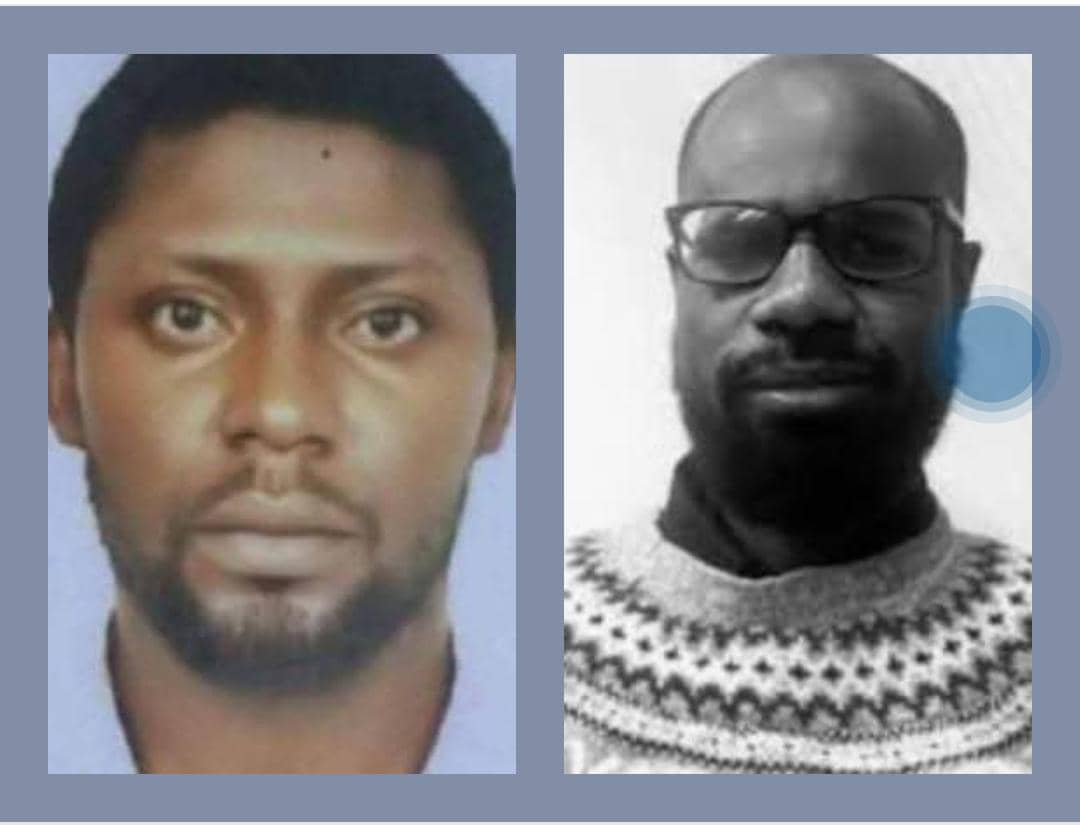


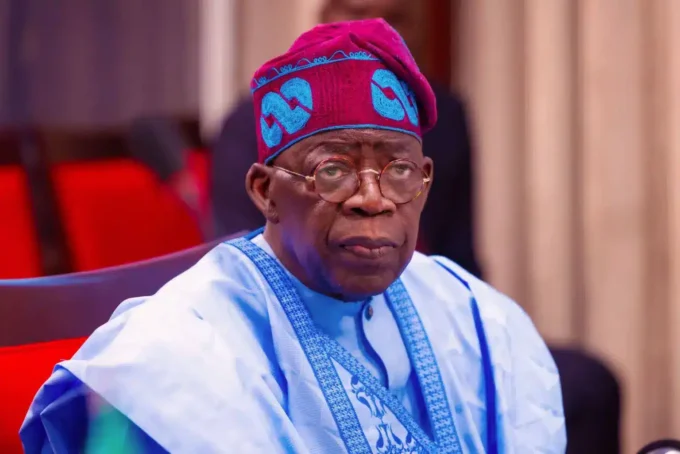
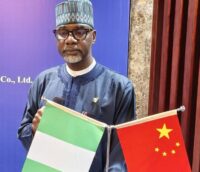


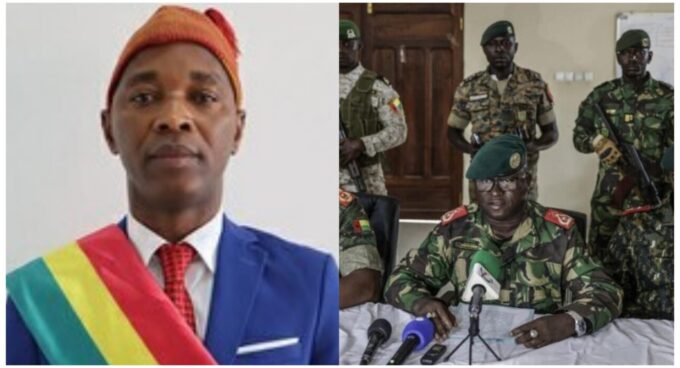
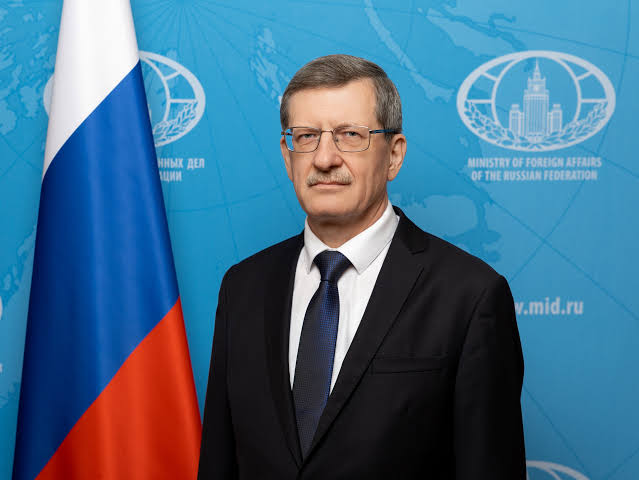
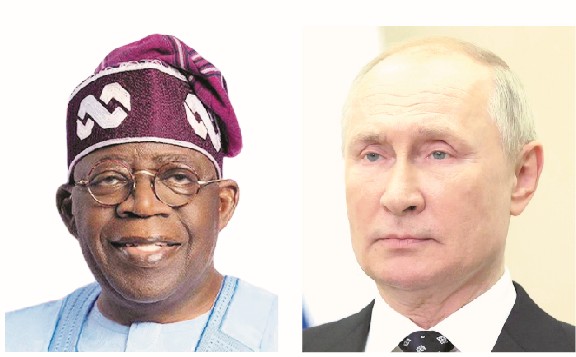

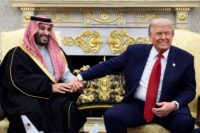


Leave a comment